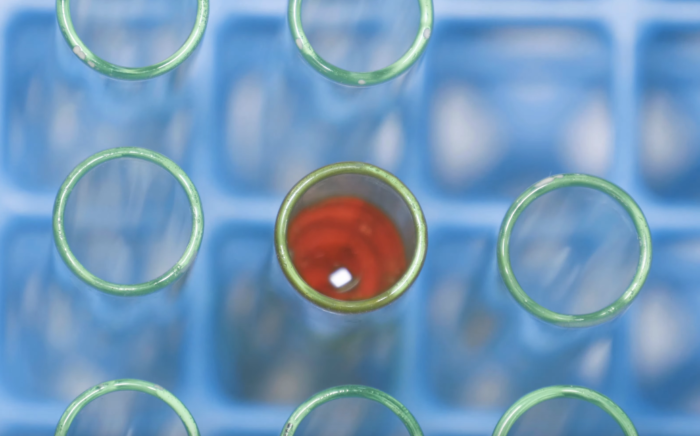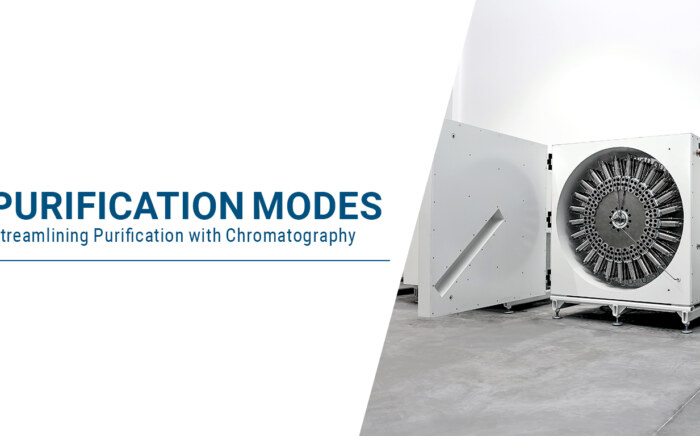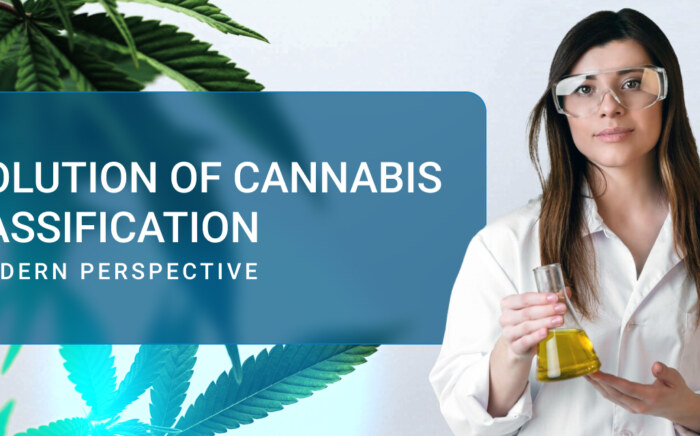Increasing separation efficiency by pH adjustment in Centrifugal Partition Chromatography
NewsTraditional chromatography methods face sustainability challenges, primarily driven by high solvent consumption, solid waste generation, and limited solvent choices. CPC emerges as a greener alternative, revolutionizing chromatography by eliminating the need for solid supports like silica gel.
Challenges in Traditional Chromatography:
- High Solvent Consumption: Traditional methods, using solid supports, demand substantial solvent volumes, raising environmental and economic concerns.
- Waste Generation: Packed columns generate solid waste, posing challenges in waste management and environmental impact.
- Limited Solvent Choices: Traditional chromatography relies on a restricted set of solvents, hindering optimization for specific separations.
CPC as a Sustainable Solution:
Reduced Solvent Consumption: CPC, operating as liquid-liquid chromatography, eliminates solid supports, drastically reducing solvent use and minimizing associated waste.
Wider Solvent Range: CPC offers a broader range of solvents, including greener options, enhancing its environmental profile.
Efficient Solvent Recycling: CPC prioritizes efficient solvent recycling, a cornerstone of sustainable separation processes.
Optimizing Solvent Systems with Recycling Techniques
- Membrane Filtration: Combining countercurrent chromatography with organic solvent nanofiltration (OSN) proves cost-effective, achieving high efficiency and emphasizing the need for 100% removal efficiency for minimal API losses.
- Dialysis: Dialysis in CPC processes shows potential for significant carbon footprint reduction, isolating compounds and recycling ATPS phases.
- Ultrafiltration: Ultrafiltration in CPC processes demonstrates substantial solvent recovery, enabling high-purity product isolation and reducing the carbon footprint.
- Density-Based Recirculation: An innovative approach involves continuous in-line solvent recycling and density-based system readjustment, recovering over 90% of solvents after 153 cycles.
These studies underscore the potential of recycling techniques to enhance the sustainability of CPC processes, reducing solvent consumption, minimizing waste, and maximizing solvent reuse. This contributes to greener and more efficient chromatographic separations, aligning with sustainability goals.
Further Resources
To learn more about natural extracts, CPC and chromatography in general, click any of the links below.



